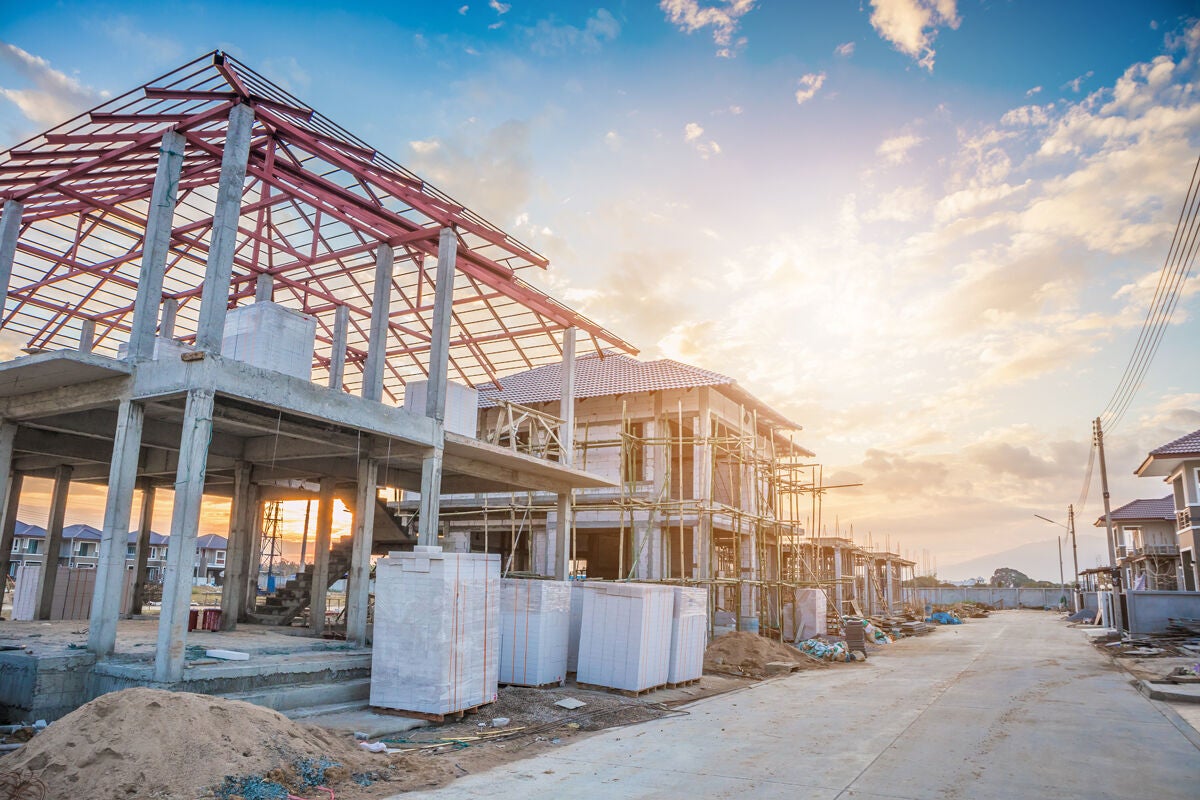Urban planning reform in action

The government’s highly publicised Medium Density Residential Standards (MDRS), which require high-growth councils across Aotearoa to ease planning rules and create a more straightforward pathway for urban development without the need to obtain resource consent, came into effect last week.
WHAT’S CHANGED?
Across the region, landowners can now build up to three homes of three levels on most urban sites, including attached dwellings such as townhouses and terraced housing, provided developers meet specific criteria before the start of construction.
The MDRS also includes an allowance for greater build height in relation to boundary, and increasing build coverage allowance on sites, with an emphasis on enabling (not requiring) more homes to be built where they’re needed most.
Last year, New Zealand’s central government introduced two significant pieces of planning reform which will ultimately enable higher density housing in areas deemed ‘high-growth’. These locations are generally well-positioned near transport and amenities (Takapuna, Newmarket, Mt Wellington) or emerging residential hubs (Warkworth, Riverhead, Drury).
The National Policy Statement on Urban Development (NPS-UD) is the overarching planning framework, with implementation still being worked through by stakeholders.
The MDRS, as a lever of the NPS-UD, was pulled last week with immediate legal effect.
Both pieces of legislation signal the most significant planning reform in several decades, with proposed changes under the NPS-UD requiring Auckland Council to enable buildings of six storeys or more within walkable catchments of the city centre; 10 large metropolitan areas including Henderson, Albany and Papakura; and around rapid transit stops including the region’s light rail and bus stations.
Proposed changes under the NPS-UD would also see some of Auckland’s residential areas become rezoned under one of the following which impacts what landowners can do with their sites.
- Terrace Housing and Apartment Buildings zone (THAB).
- Mixed Housing Urban zone (MHU).
- Low-Density Residential zone (LDR).
HOW DOES THIS IMPACT ME?
Despite causing some controversy for fears it would result in patchwork development, the MDRS applies broadly to most properties in residential zones, except those subject to qualifying matters or receiving exemptions regarding building heights and density.
While some zones are excluded from the new MDRS including offshore islands like Waiheke Island and areas where special heritage exemptions apply, qualifying matters may only apply if there is strong evidence to justify the limitation of density.
Auckland Council will investigate properties with proposed qualifying matters, with decision-making expected around 2024.
Some resource consent requirements remain part of the Auckland Unitary Plan (AUP) and Resource Consent Management Act (RMA) for homeowners looking to add value through extension or subdivision. These can include but are not limited to the following;
• Building plans are subject to a building consent process.
• Auckland Council will consider if any resource consent is required.
• Developments of four or more dwellings will still require resource consent approval.
• Building and construction must adhere to new policies which will strengthen urban design outcomes; in short, ‘density done well’.
While the MDRS has been actioned in Auckland first, the government has said it is speeding up the implementation of the NPS-UD so councils across Hamilton, Tauranga, Wellington and Christchurch could see a clearer pathway to more housing supply.
Official estimates expect the new rules could add up to 100,000 new homes to the national pool.
However, challenges across the building and construction sector persist with rising costs and shortages of materials and skilled labour hampering efforts to build at scale and pace.
It could be some time before Kiwis can see the impact of new density rules on house values. However, observers say current market conditions may restrict infill housing in areas where demand is high. Factors placing downward pressure on landowners’ appetites to build include relatively high land and development prices.
While the new rules go some way to address New Zealand’s issues with housing supply, it is by no means a silver bullet and Bayleys will be watching this space with interest, gauging the mood of the development market as we head towards the spring selling season.